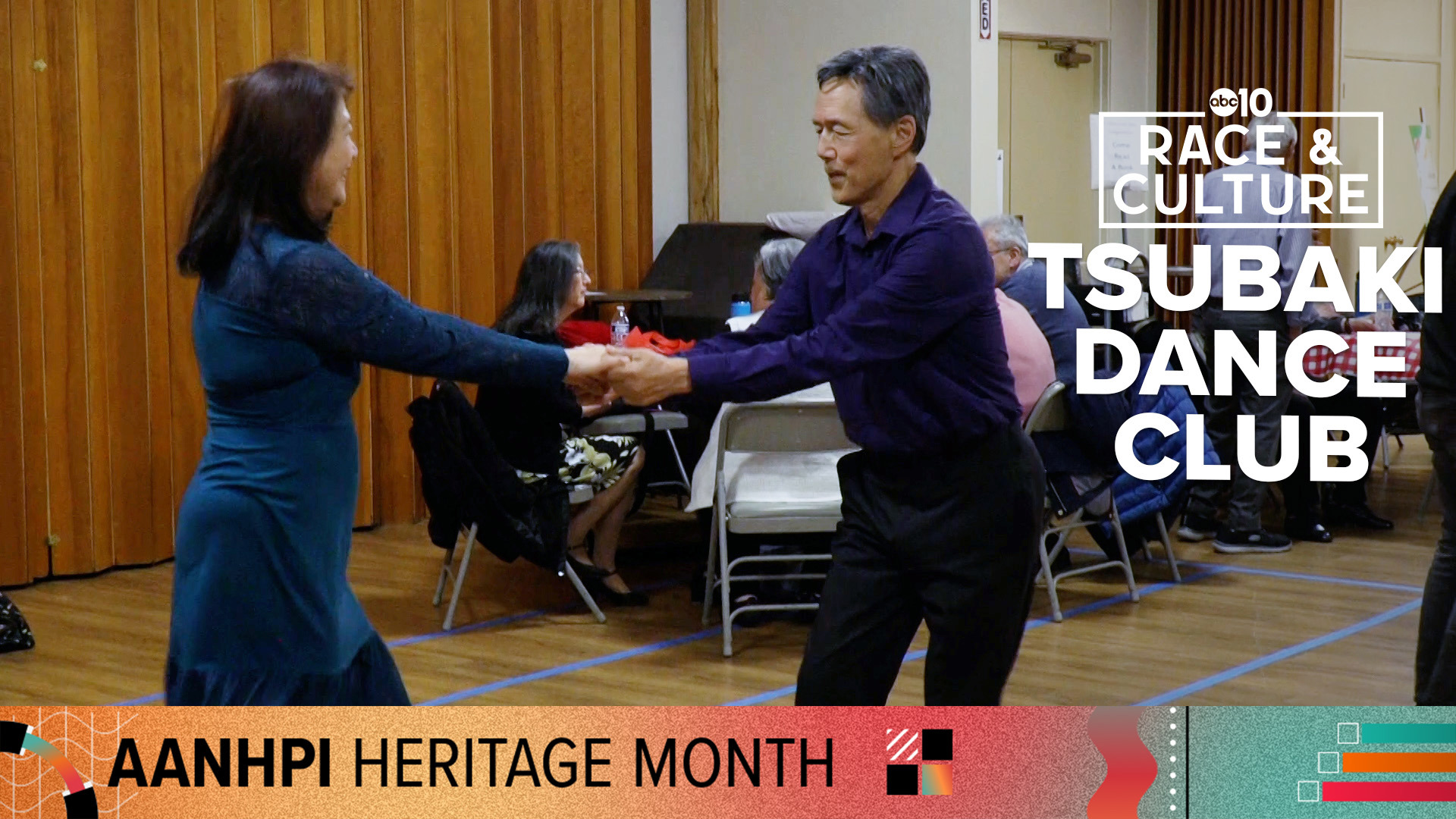In the first few months of the Trump administration, H-2A visa applications have jumped nearly 75 percent, according to recent data from the U.S. Department of Labor. The number reflects a growing number of farmers trying to get more help amid growing deportation concerns.
The data shows the Department of Labor’s Office of Foreign Labor Certification received over 4,100 new applications to fill nearly 70,000 certified agricultural positions.
The growing number of agricultural workers is nothing new, however. In fact, the country has long history of Bracero (the Spanish word for "farm worker”) programs that have brought millions of immigrants to the country to do farm work.
1917-1921: Under the first Bracero program, many Mexican workers recruited were discriminated against, and many were left with few savings because they were overcharged at farmer-owned stores. That didn’t sit well with the Mexican government.
In the years following, California farmers argued in favor of a continued Bracero immigration system, during a time where the federal government tried to put a hold on both European and Mexican immigration.
1942: Nearly 21 years after the first Bracero program ended, the a new one was introduced. This time, however, the Mexican government made sure workers had some rights under the contracts they signed with farmers. Under the new program, the U.S. would guarantee the Braceros’ contracts, pay round-trip transportation for workers from the place of recruitment to the place of work and pay Braceros the same wages U.S. workers received.
With California on the brink of labor shortage because of World War II(needing between 40,000 and 100,000 workers), the federal government agreed to Mexico’s terms. In September, 500 Braceros arrived in Stockton.
1947: The wartime Bracero program ended in 1947, and was small compared to what would come in later years. The admission of Braceros peaked in 1944 at 62,000. Despite that, however, nearly 4.6 million Mexican workers were admitted to do farm work between 1942 and 1964 both illegally and through official channels.
Late 1940s: After the wartime Bracero program ended, the U.S. government had to find a way to deal with the surge of immigrants who stayed after their seasonal contracts were up. Prior to President Dwight Eisenhower’s infamous “Operation Wetback” program (more on that shortly), the government actively worked to make Mexican farm workers legal.
This involved the Immigration and Naturalization Service taking Braceros to the Mexico-U.S. border, issuing them legal paperwork and taking the newly-legal workers back to the farm. The INS also attempted to push farmers to stop hiring workers who crossed the border illegally.
This didn’t last long, however, and INS soon began “Operation Wetback,” which was essentially a mass deportation program.
1952: The Immigration and Nationality Act of 1952 was introduced, which, like the Immigration Act of 1924, limited the amount of immigrants that could come into the U.S. The act also introduced a temporary work program.
1954: In the early to mid 1950s, the U.S. government became more aggressive in its removal of workers who crossed illegally. Enter: Operation Wetback, a program implemented by then-U.S. Attorney General Herbert Brownell in May of 1954 that would lead to the deportation of 1.5 million Mexican immigrants — or so they said.
According to historian Kelly Lytle Hernandez’s article, “The Crimes and Consequences of Illegal Immigration: A Cross-Border Examination of Operation Wetback, 1943 to 1954,” the 1.5 million number wasn’t a result of just Operation Wetback, but also of the Bracero programs in the decade prior.
In addition to that, Hernandez noted the deportations were also at the directive of the Mexican government, which needed workers to stay in Mexico and help develop the land.
1960s: The Bracero program came under scrutiny in the early ’60s after a series of events led to people understanding the plight of the farm worker in the U.S. In 1956, writer and activist Ernesto Galarza’s “Stranger in Our Fields,” the conditions experienced by the Braceros. On Thanksgiving day in 1960, CBS aired the documentary “Harvest of Shame,” which gave a visual representation of worker’s issues across the country.
Newly elected president John F. Kennedy would go on to encourage the Department of Labor to tighten up the Bracero Program. Four years later, in 1964, Congress voted to allow the Bracero Program to shut down after two decades.
The end of the Bracero program saw the rise of the United Farm Workers, Cesar Chavez, Dolores Huerta and other prominent labor organizers.
1986: The Immigration Reform and Control Act of 1986 expanded on the temporary worker system set up with the Immigration and Nationality Act of 1952. The bill divided the immigration worker system into H-2A and H-2B, temporary visa programs for agricultural workers and non-agricultural workers.


